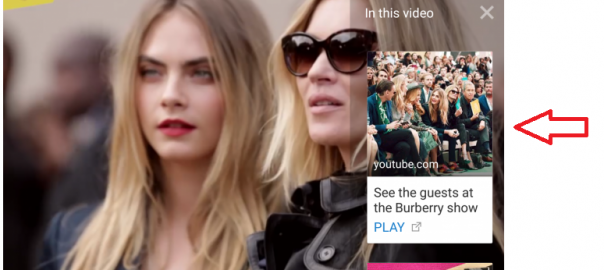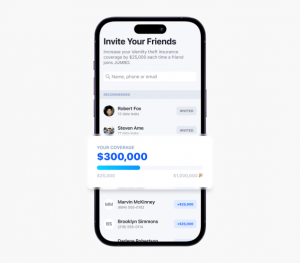Who likes to be interrupted by ads when they’re trying to watch a program or even a movie preview? Not many of us. I still clench my teeth when I’m forced to watch commercials on my basic cable plan, but I’m sure by now you’ve all seen the option to skip an ad when attempting to watch a video on the Google owned video service, YouTube. This option, known as “TrueView Ads,” was released by Google 5 years ago.
Viewers, like you and I, love this option, but advertisers probably love it even more because they only have to pay when a user chooses not to skip the ad and watches for at least 30 seconds. “It was a leap of faith based on the belief that viewers would choose to watch ads on YouTube if these ads are interesting, relevant, and engaging,” says Google. It makes sense, why serve an ad to someone who is not at all interested? The skip option has proved successful at weeding out unqualified leads and paying for those that may actually take an interest in your brand.
As one would suspect, Google is continuing to improve this product, as well as find additional ways for both parties to make more money. (April 08, 2015) they announced an update for advertisers using the TrueView ad format. This update allows you to add “cards” to your TrueView ads in an effort to make videos more interactive.
What Are TrueView Ad Cards?
Check out the example below.

See the red arrow? Those mini icons are known as “cards,” which essentially allow viewers to gain more information on the right side panel of the video. YouTube released these last month, allowing advertisers to tactfully display additional brand information, YouTube videos and playlists. With the update making cards available for TrueView ads, advertisers will soon be able to link to pages on their website right within the TrueView video ad (this feature will be available in the next few weeks).
As you can see, the in-stream cards do take up a good chunk of real-estate on the video screen, but the viewer is given the option to open the cards with a “teaser” (see the image below). This makes it so the cards don’t just display, but the viewer chooses to expand and view them.

Another great feature of cards is that they work across all devices, including mobile phones and tablets, and will soon work on connected TV’s (think Apple TV and Chromecast), but they do appear slightly different on varying devices. The image below shows how cards appear on mobile, below the ad rather than within it.

How Will You Be Charged for TrueView Ad Cards?
This is where things get a bit complicated. As I explained above, advertisers were previously only charged when someone did not choose to skip the ad, but instead watched the complete ad or at least the first 30 seconds. With the new TrueView ads with cards, there’s a lot more “click” opportunity, so naturally the way advertisers are charged had to change.
Now YouTube will charge if a viewer chooses not to skip the ad OR if the viewer clicks on a card or any other elements of the advertiser’s in-stream creative. You might be worried that you’ll get double billed for views and clicks, but fear not. According to Google, “We’ll only charge when a view is counted and will bill for either the full view or click (but not both).” Phew!
Another concern you might have is charges for those “fat-finger”, “fell on the screen” type clicks, which might occur when a viewer is attempting to skip the video. Google has also addressed this concern: “Formerly clicking anywhere on the player would register a click; now only clicks to cards or CTAs, the video header, companion banner or a link at the bottom of the player will count as a click.”
Seems fair enough, my only concern would be if someone clicks on one of these elements within a second or two of the ad without even knowing what the product or brand is. Apparently the advertiser will even have to pay if the viewer clicks the icon to display the card elements, and then skips the ad.
Should You Try Them Out?
Why not?
Especially if you’re already using TrueView ads, this just gives you more opportunity to get leads to your site that are more qualified to be interested in your products since they took the time to read your cards and pursue that action. The opportunity to actually get direct site traffic and potential leads and conversions is pretty spectacular. I would make sure your cards use relevant, quality images and display strong CTA’s that are directly related to the landing page action you are hoping the viewer to take.
Also be careful to not overwhelm your viewers with cards. “Card overload could obscure an advertiser’s actual ad,” says AdAge. YouTube allows you to set up five cards per ad, but you might want to start small.
So, what are you waiting for? Learn how to enable cards today.
If you’ve used this new feature, tell us about your experience below!
(390)
Report Post





